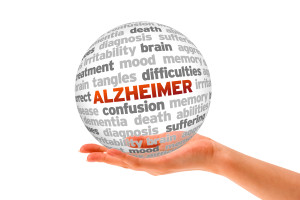Do you really see red when you are angry?
When we see a colour, or only think of a colour, many of us are likely to also associate an emotion with this colour. Studies in the Western context, often marketing studies, inform us on seemingly established links between colour and emotion. These studies likely influence public opinion, e.g. what to wear and how to colour environments. Apart from lacking systematic data, we do not know whether such links would be universal or culturally charged. One might also find differences between women and men as well as across ages.
The University of Bergen has now joined the University of Lausanne, Switzerland for a worldwide study of colours and emotions. This study is the first large-scale study, and you would participate in this cross-cultural enterprise. Almost 3000 people from about 20 countries have already participated. The study takes about 5-10 minutes. It is available in Norwegian and 30 other languages.
If you hopefully consider joining us, take the colour-poll either in Norwegian (please click this link: http://www2.unil.ch/onlinepsylab/colour_norwegian/main.php), or choose your mother tongue by changing it in the menu on the right top corner of this same page.
Lynn Marquardt, research assistant

